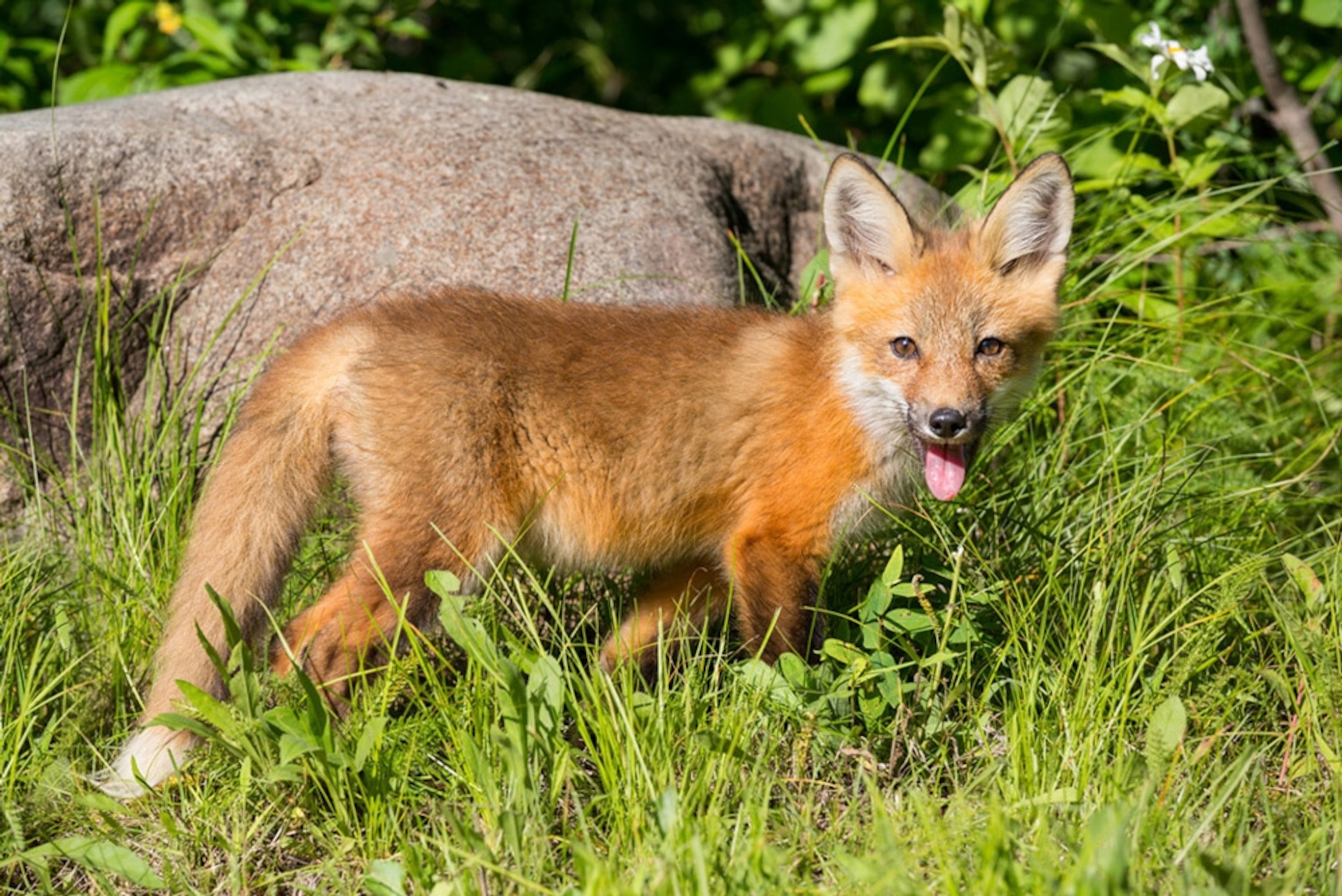
Train your kids to be wildlife detectives
Wild animals are good at hiding. But showing kids how to discover their clues can inspire them to care about the habitats.
It won’t come as a shock to hear that kids love animals. And nothing cements a memory like catching a glimpse of a critter while spending time outdoors. The only problem? Bambi, Thumper, and Violet don’t always show up for their cameos, and children can quickly become frustrated or bored with a walk devoid of wildlife.
Fortunately, experts say critters are hiding all around us—provided you know where to look. What’s more, learning to seek out and decipher wildlife signs can help set kids up for a lifetime of rewards.
“Even if it's just watching ant trails or following a bee around a flower, we're going to care about those things, because when we watch them, we connect with them,” says Kelly Brenner, a Seattle-based naturalist and author of Nature Obscura: A City’s Hidden Natural World. “And so we're going to be more connected to the natural world throughout our lives, and more in tune with climate change and pollution and all those other things that we need to fix ASAP.”
Hunting for creature clues can also allow children to experience the world through all their senses, which helps them slow down and be present.
“We human beings are visual creatures, right?” says David Mizejewski, a naturalist with the National Wildlife Federation. “But it’s so important for us to encourage kids to experience nature with all of their senses.”
Of course, there’s another, more immediate reason to go looking for wildlife with your kids—it’s a super-fun activity that can be done anywhere. For instance, looking closely at a common tree will reveal leaves pocked by strange, insect-produced growths called galls, branches adorned with spiderwebs, and bark crawling with camouflaged arthropods.
“There’s nowhere you’re going to go where you can’t find signs of wildlife,” Brenner says. “I mean, literally nowhere.”
Keeping kids—and critters—safe
Before anyone goes poking their head in a hole or chasing down bear tracks, it’s a good idea to lay down some ground rules.
For starters, if you and your child are lucky enough to find large animals, such as bears, wolves, bison, or even deer, the National Park Service recommends keeping a distance of at least 100 yards. Smaller animals require just 25 yards of space.
It’s also beneficial to remind children that wild animals are just that: wild. That means that a startled animal of any size may be unpredictable and capable of defending itself; that collecting rocks or shells might be destroying something’s home; and that people food is not proper wildlife food. (This article provides more do’s and don’ts for wildlife watching.)
“If you never try to approach, touch, pick up, pet, or take a selfie with a wild animal, your chances of being bitten, scratched, stung, kicked, envenomated, or killed by that wild animal are pretty close to zero,” Mizejewski says. “Watch wildlife from a distance and don’t treat wild animals like pets—then everyone wins.”
How to find the animals
Ready to play wildlife detective? Here are a few clues that signal wildlife may be near.
Tracks
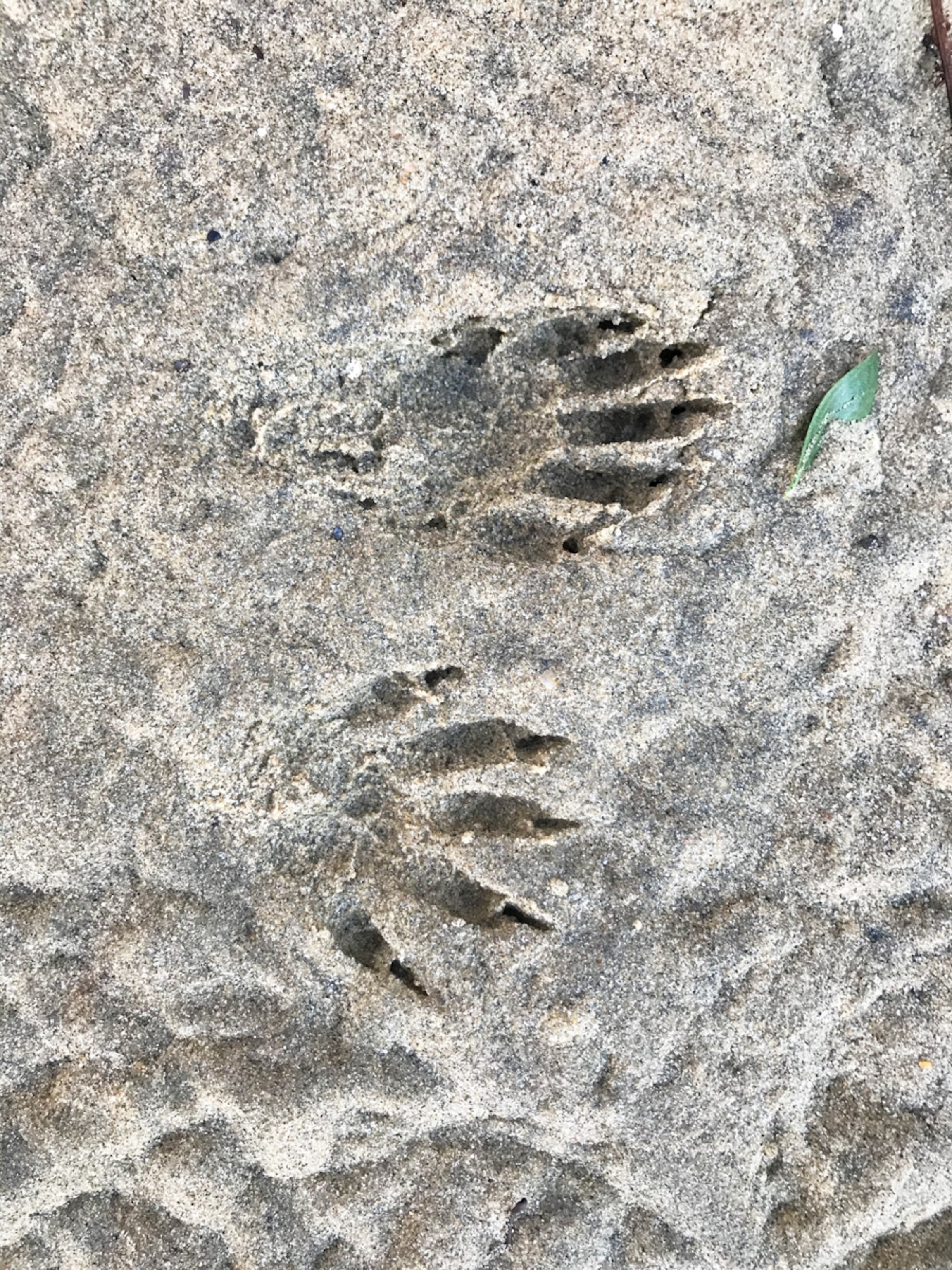
“This time of the year, many places tend to be a little bit wet, thanks to snow melt and spring rains,” says Mizejewski, whose organization’s Green Hour initiative suggests getting outside for 60 minutes each day. “And that makes a great opportunity to get out and look for tracks to see what kinds of animals might be around.”
Creek beds and drainage ditches are other hot spots for tracks, but look for pawprints in sand or gravel, too. (If the outline is crisp and clear, the track was likely made recently, so the animal might still nearby.) And if you’re not sure which animal left the sign, try doing an online search of common local animal tracks.
scat

Also called dung, guano, or just plain poo, animal scat is another common indicator that critters have been through. See if you and your young scout can guess which animal might have left the droppings based on their size, color, and even contents. (Hint: To avoid getting dirty or exposing yourself to disease-causing pathogens, pull the scat apart with two sticks or stones for better viewing.) Oh, and if it the dung is soft and moist, then you know it’s nice and fresh!
Nests
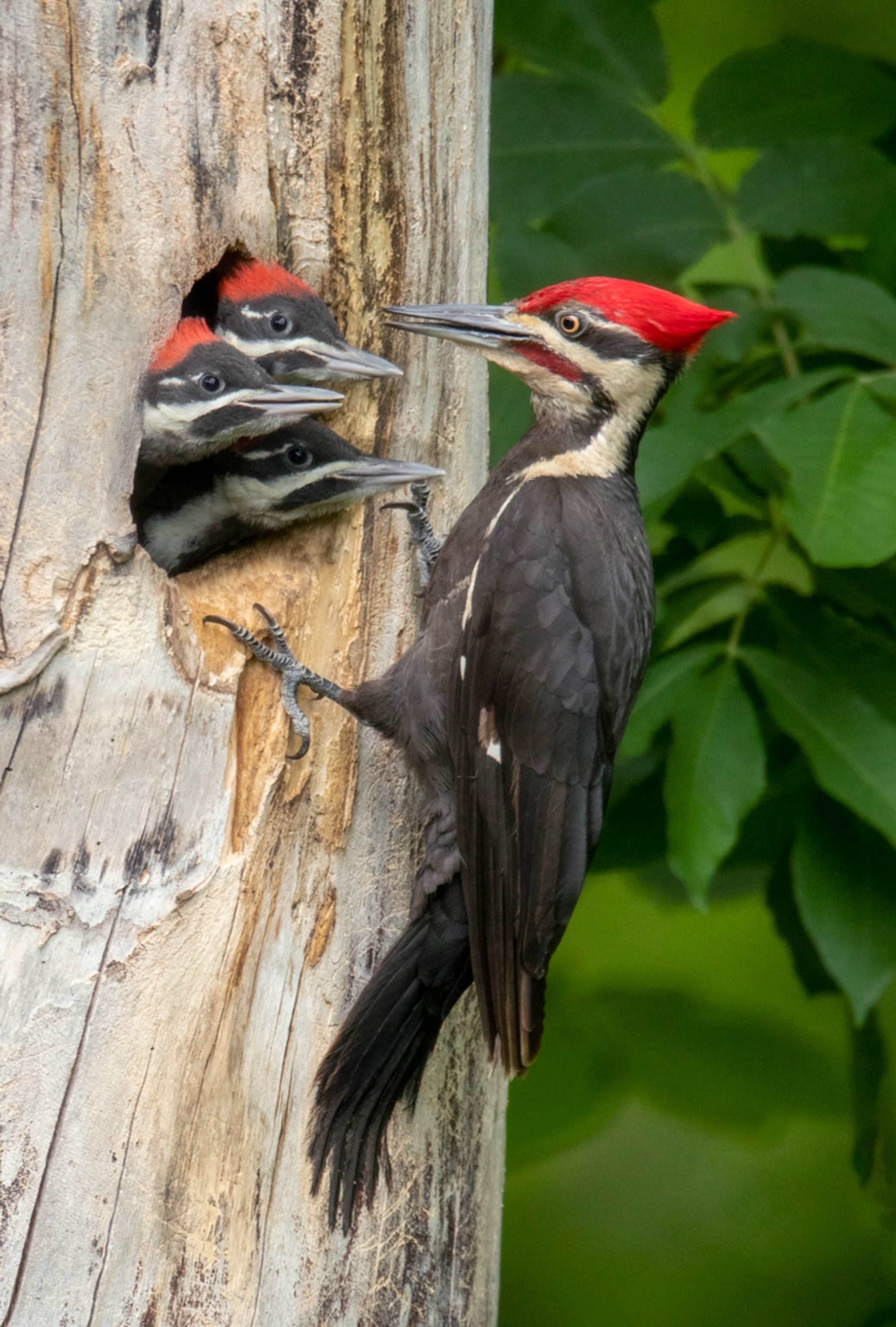
See if kids can spot birds returning to the same spot. Chances are, there’s a nest hidden nearby. Some species build nests out of sticks and leaves, while others—like the pileated woodpecker—raise their chicks in cavities.
Leftovers
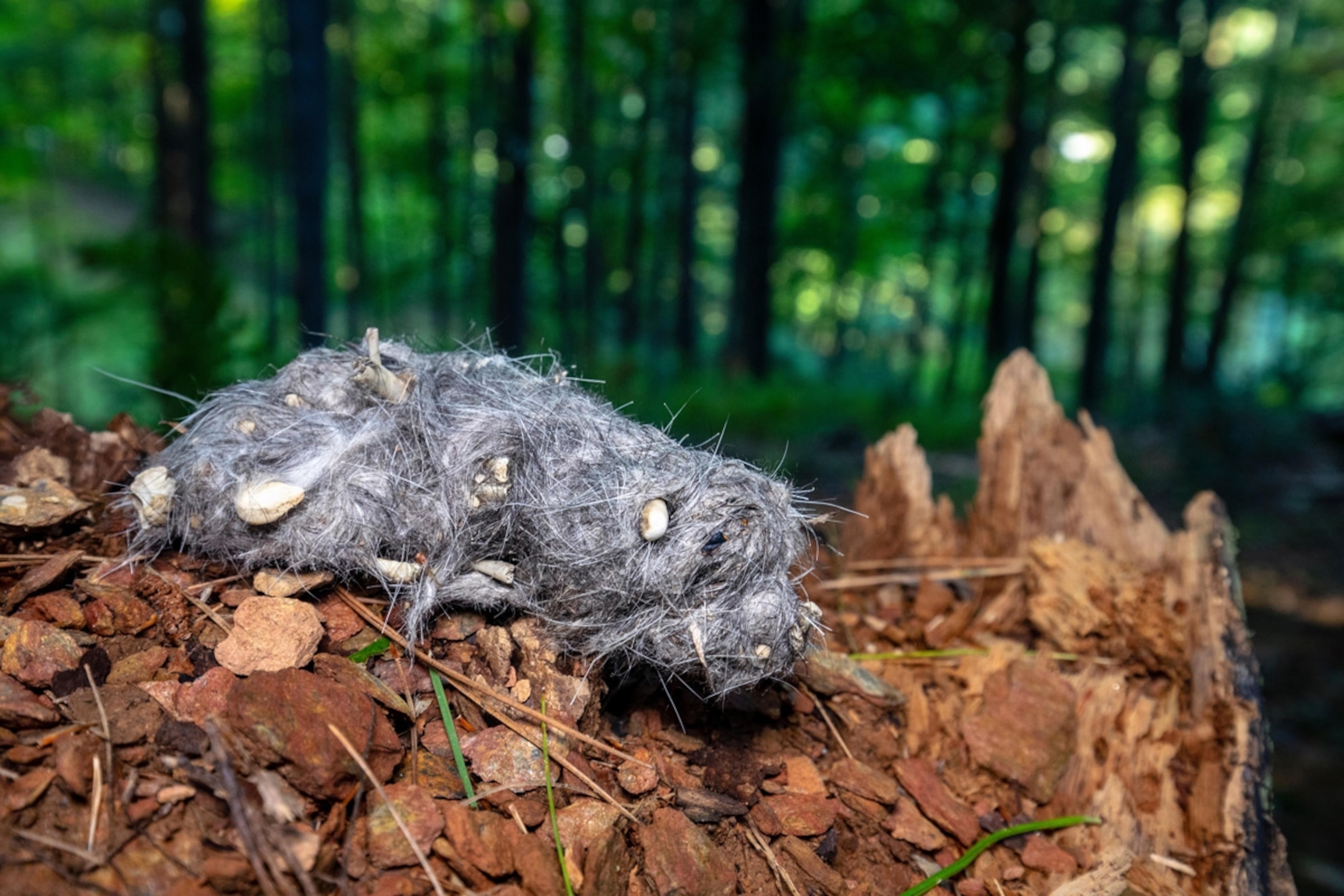
Another excellent tip for spotting nearby wildlife is finding what’s left of their meals. Squirrels and chipmunks break apart shelled nuts to get at the meat inside, whereas flying squirrels gnaw perfect little holes through which they extract the nuts, Mizejewski says.
And if kids find a fuzzy, egg-shaped mass at the base of a tree, take a peek inside. Owls can’t digest fur, bones, and other hard parts of their prey, so they cough them up and spit them out. These structures are called owl pellets, and they’re loads of fun to dissect.
Beaver cuttings
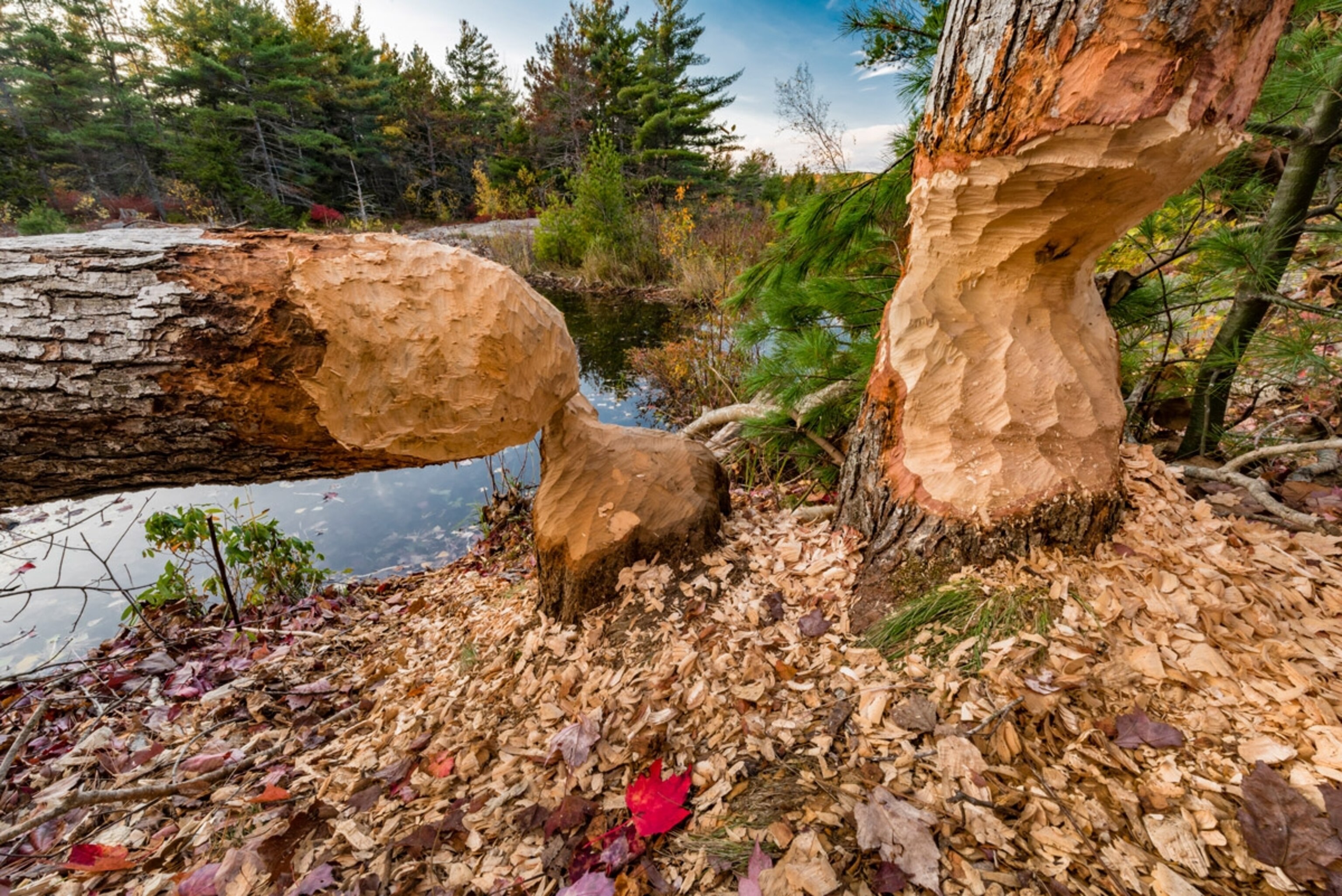
Does it look like someone’s taken a tiny hatchet to a tree trunk? There might be a beaver nearby! These large, semi-aquatic rodents are more widespread than you might think, and though they’re usually pretty shy of humans, there’s no mistaking the toothmarks they leave behind.
Animal trails
Walk through any patch of tall grass or woodlands, and you’ll likely find what seem to be narrow, well-worn footpaths. But these trails weren’t laid down by people—they’re made by wild animals like deer and coyotes that use the same routes day after day. You might even lay low a little ways off and see if anything comes through the animal highway.
Zoom in and you can find the same phenomenon on a miniature scale—parading ants make paths in the dirt, spiders leave behind guide lines of silk, and slugs and snails can be tracked by their silvery sinews of dried slime.
Leaves
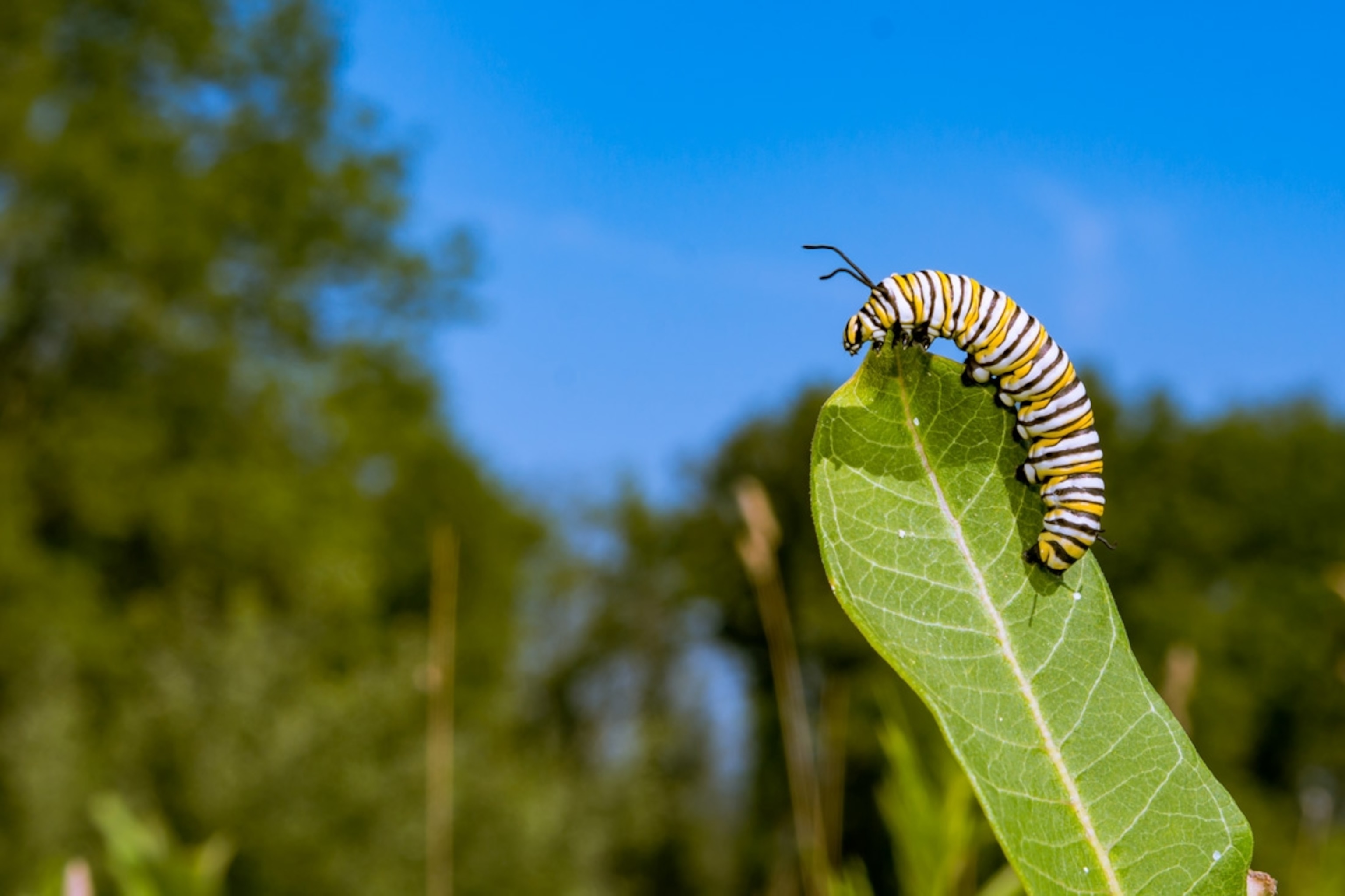
“Leaves are a really, really good place to look for signs of invertebrate activity,” Brenner says. For instance, squiggly lines on a leaf’s surface signals the presence of tiny insects called leaf miners. These are particularly cool to observe, because the critters grow in size while burrowing through the leaf’s layers. “So they start small on one end, and as you follow them, they get bigger and bigger,” she says.
Evidence that something has been munching on a leaf could mean caterpillars are close. If you find little nibbles, keep looking! The crawlers tend to stay on the plants they hatch upon, Brenner says.
What’s that … smell?
It might seem gross, but carcasses offer opportunities to study wildlife up close—whether it’s a tiny bird or a road-killed opossum. Later, you might even return to the site to study the animal’s anatomy in a way you never could when it was alive. “Carcasses can teach us about the decomposition process, bones, and the food web,” Mizejewski says. “It’s part of the circle of life.”



